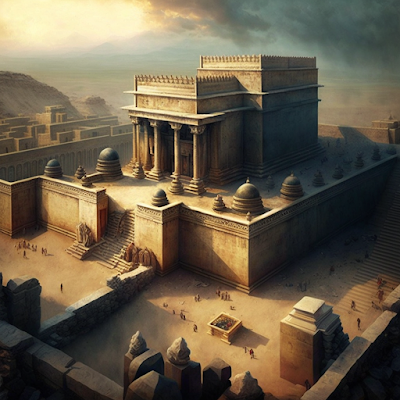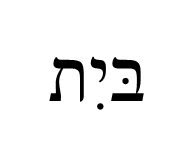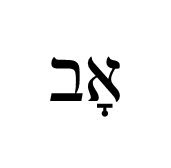Biblical Timeline

Last updated on April 30, 2023 This post provides a chronological overview of events that are significant in the history of the Bible. The timeline begins around 4000 BC and extends to 2020 AD, covering a period of approximately 6000 years. It includes key events from the Old and New Testaments, as well as historical events that have a bearing on the interpretation and understanding of the Bible including the history of technology, religion and world empires. This timeline is intended to provide context and background information for those studying or interested in biblical history in the context of contemporary world events. 4004 BC: Anno Mundi as determined by James Ussher . {א} 3761 BC: The epoch of the modern Hebrew calendar. c. 3500 BC: Invention of writing in Sumer in southern Mesopotamia. c. 3114 BC: First date in the Mayan calendar. c. 3000 BC: Noah's Deluge. {א} c. 3000-1200 BC: The Bronze Age. c. 3000 BC: Construction of the Stonehenge. c. 3000 BC: First Dynasty of Egypt...






